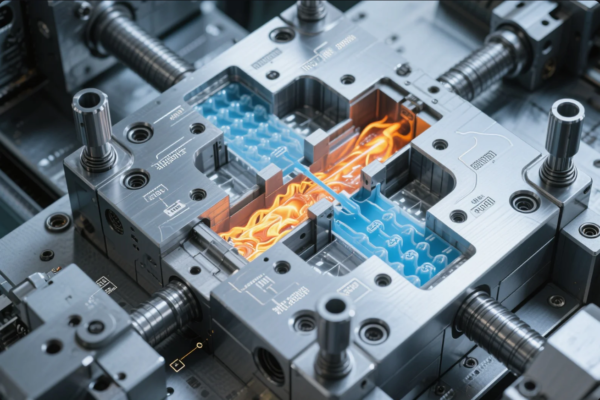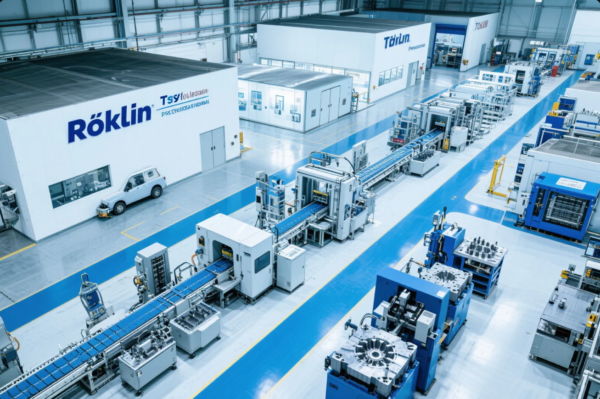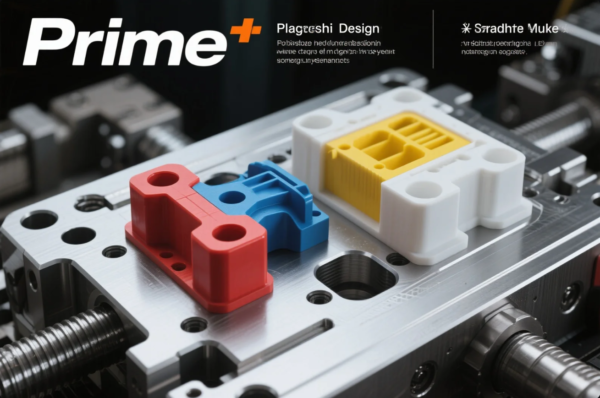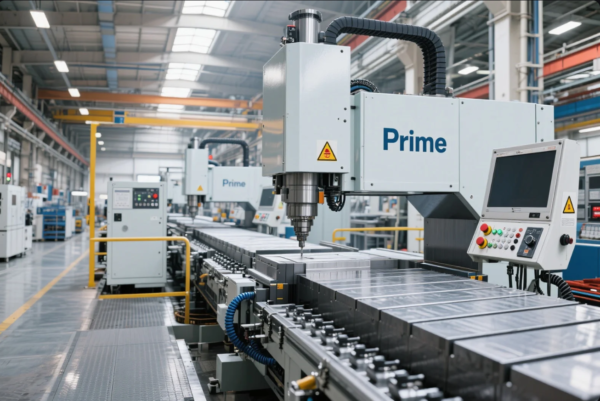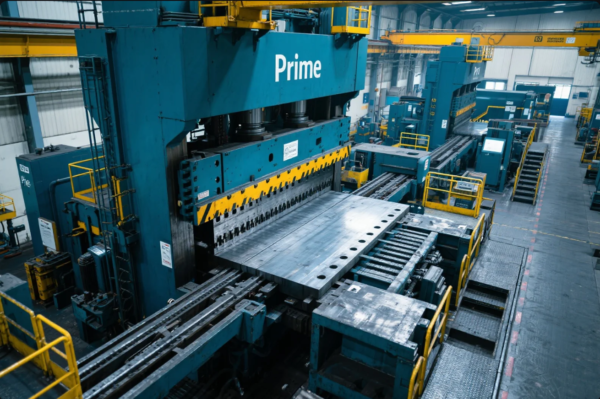What is the longest lasting plastic?
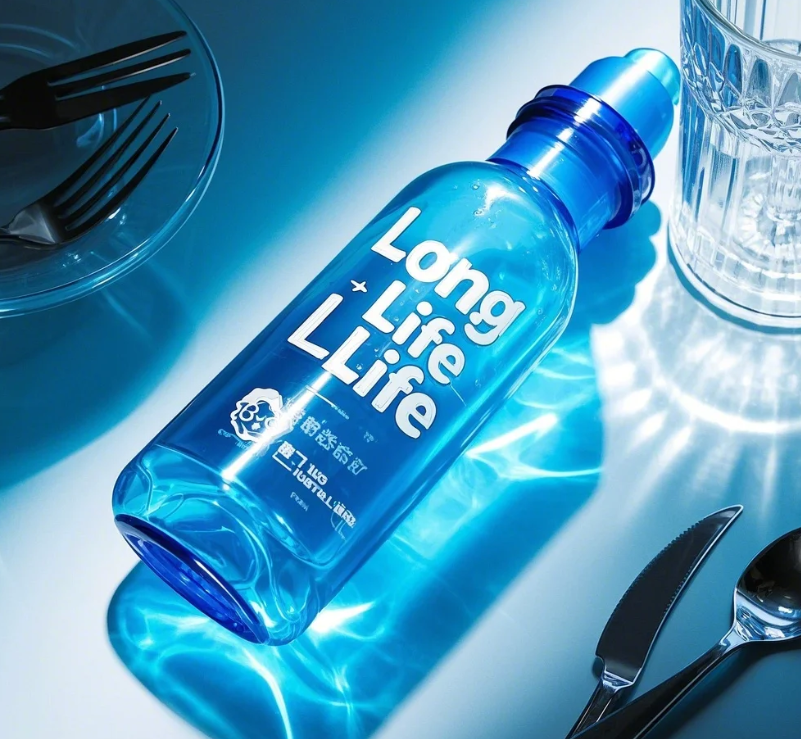
Plastic is everywhere, but how long can it last? Some plastics have incredible durability, but can any plastic really stand the test of time?
Snippet paragraph: Some plastics can last for decades, even centuries, but their longevity depends on factors like exposure and type. Learn about the most durable plastics here.
Transition paragraph: Curious about which plastics endure the longest? Let’s dive into the details of their remarkable durability.
What plastic has the most durability?
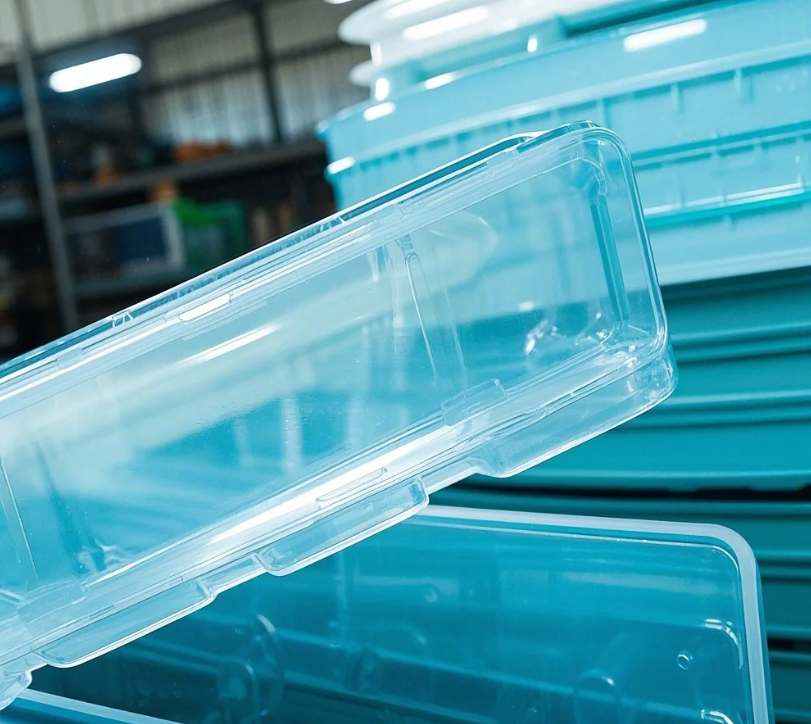
Some plastics are designed to last much longer than others, depending on their properties. Durability often refers to a plastic's ability to resist degradation from environmental factors such as UV light, temperature fluctuations, and physical stress. Among all plastics, a few stand out for their exceptional resilience.
Snippet paragraph: Plastics like PTFE, polycarbonate, and PEEK are known for their durability, resisting wear and tear in harsh environments.
PTFE (Polytetrafluoroethylene)
PTFE, commonly known as Teflon, is well-known for its high resistance to heat and chemicals. This plastic can withstand extreme temperatures without breaking down, making it one of the most durable materials for industrial use.
Polycarbonate
Polycarbonate is famous for its strength and impact resistance. It doesn’t crack easily, even under pressure. This makes it ideal for products that need to endure wear over time, like safety glasses and automotive parts.
PEEK (Polyether Ether Ketone)
PEEK is one of the strongest thermoplastics available. It has excellent mechanical properties, even in high-temperature environments. PEEK is used in industries like aerospace and medical for parts that must endure extreme conditions.
| Plastic Type | Key Features | Common Uses |
|---|---|---|
| PTFE | Heat and chemical resistant, low friction | Non-stick cookware, gaskets |
| Polycarbonate | Impact resistant, transparent | Lenses, protective covers |
| PEEK | High strength, high temperature resistance | Aerospace, medical implants |
Can plastic last 1000 years?

Plastic’s ability to last for centuries is a topic that often raises concern, especially with environmental issues like plastic pollution. While most plastics do not degrade easily, the idea of them lasting for 1000 years depends largely on the plastic type and environmental conditions.
Snippet paragraph: Some plastics, like polyethylene, can last for hundreds to thousands of years, especially in landfills or marine environments.
The Lifespan of Plastic
Certain plastics, such as polyethylene and polypropylene, are highly resistant to environmental degradation. These materials can persist for hundreds or even thousands of years, especially when exposed to limited sunlight and harsh weather conditions. In landfills, plastics decompose at an incredibly slow rate due to the lack of oxygen and UV exposure.
Why Do Plastics Last So Long?
The structure of plastics makes them difficult to break down. Unlike organic materials, plastics don’t biodegrade quickly. Instead, they photodegrade, breaking down under UV light, but this process can take centuries. In a landfill, plastics may not degrade at all because of limited exposure to light and air.
What is the most reliable plastic?
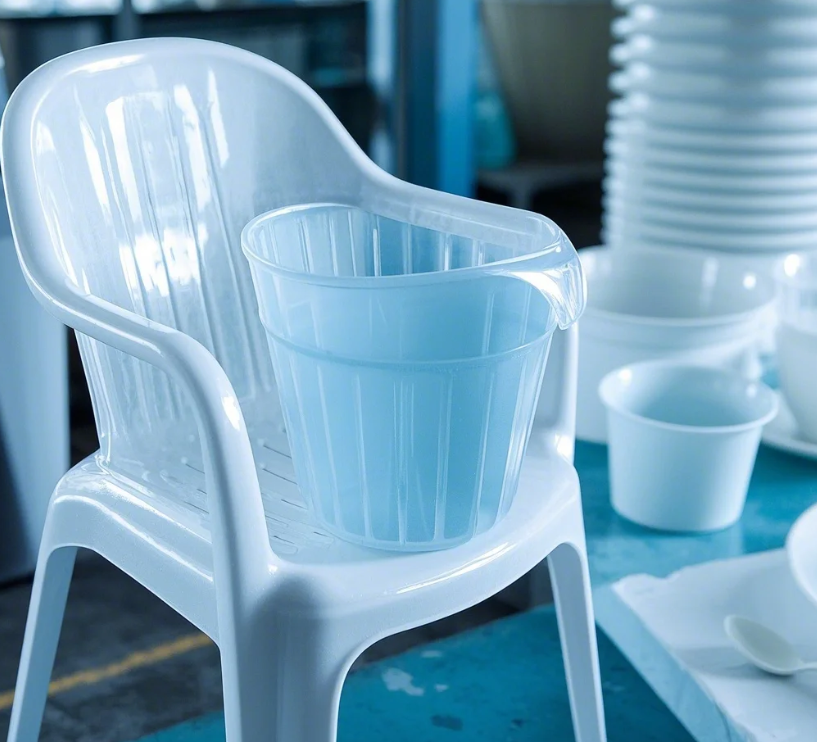
Reliability in plastic refers to its performance over time. The most reliable plastics are those that maintain their strength, flexibility, and resistance to wear under a wide range of conditions. Some plastics excel at this and are used in high-performance applications.
Snippet paragraph: Polycarbonate, PEEK, and polypropylene are among the most reliable plastics due to their versatility and longevity.
Polypropylene
Polypropylene is one of the most reliable plastics available today. It’s highly resistant to fatigue, which makes it ideal for parts that endure continuous stress. Its versatility and low cost make it a popular choice for everything from packaging to automotive parts.
PEEK (Polyether Ether Ketone)
PEEK, mentioned earlier, is also known for its reliability. This plastic maintains its properties even in high-stress, high-temperature conditions, which is why it’s frequently used in aerospace, automotive, and medical industries. It’s one of the most trusted plastics for demanding applications.
Nylon
Nylon is another reliable plastic known for its strength and abrasion resistance. It’s used in various industries where durability is a must, such as in mechanical components and textile fibers.
| Plastic Type | Key Features | Common Uses |
|---|---|---|
| Polypropylene | Fatigue resistant, chemical resistant | Packaging, automotive parts |
| PEEK | High temperature, chemical resistance | Aerospace, medical equipment |
| Nylon | Abrasion resistant, strong | Mechanical components, textiles |
What are the top 5 strongest plastics?
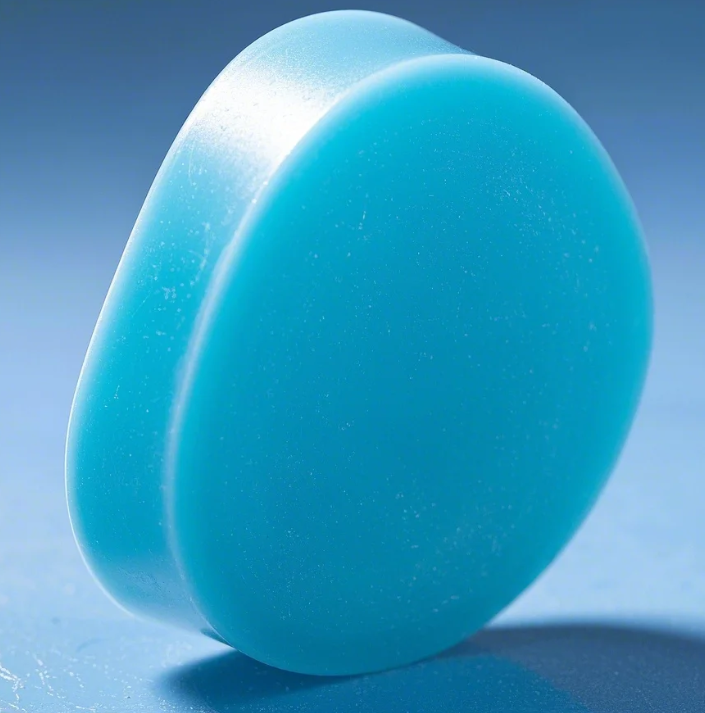
Some plastics are designed specifically for strength. They can resist heavy impact, high temperatures, and harsh chemicals. Here are the top five strongest plastics you should know about.
Snippet paragraph: Plastics like PEEK, polycarbonate, and PTFE are among the strongest, offering durability in tough environments.
1. PEEK (Polyether Ether Ketone)
PEEK is known for its exceptional strength, even in high-temperature environments. It’s resistant to both mechanical stress and high temperatures, making it the top contender in strength.
2. Polycarbonate
Polycarbonate is another strong plastic that’s tough and impact-resistant. It's commonly used for applications that require transparency but also need high strength, such as in bulletproof glass.
3. PTFE (Polytetrafluoroethylene)
Though not as tough as PEEK in terms of mechanical strength, PTFE stands out for its chemical resistance and low friction properties, making it invaluable in certain industrial applications.
4. UHMWPE (Ultra-High-Molecular-Weight Polyethylene)
UHMWPE is a very strong plastic with high resistance to abrasion. It’s used in applications like medical devices and industrial machinery, where strength and durability are crucial.
5. ABS (Acrylonitrile Butadiene Styrene)
ABS is a tough, impact-resistant plastic. It’s commonly used in automotive parts and household appliances due to its balance of strength and ease of manufacturing.
| Plastic Type | Key Features | Common Uses |
|---|---|---|
| PEEK | High strength, high temperature resistance | Aerospace, automotive |
| Polycarbonate | Impact resistant, tough | Safety glasses, automotive |
| PTFE | Chemical resistant, low friction | Gaskets, non-stick cookware |
| UHMWPE | Abrasion resistant, strong | Medical devices, industrial parts |
| ABS | Impact resistant, tough | Automotive parts, appliances |
Conclusion
The strongest and most durable plastics, like PEEK and polycarbonate, can last for decades, even in harsh environments, making them essential in various industries.

